Balsamic Vinaigrette comes together in minutes—no special equipment needed! It’s tangy, well-balanced, and thick enough to coat salads or roasted veggies perfectly.
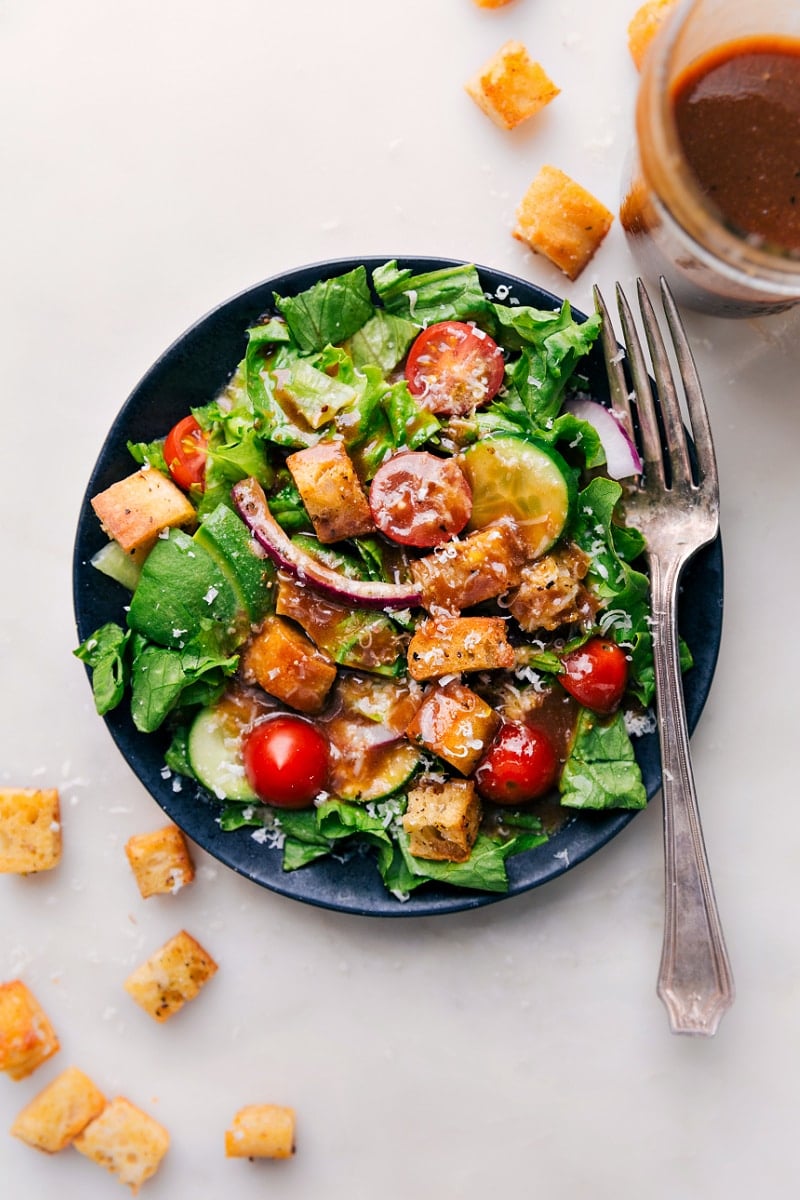
Balsamic Vinaigrette
There is nothing quite like a good balsamic vinaigrette — something so simple, yet has the power to transform a simple bed of greens and raw veggies to a dish you’ll want to lick the plate clean after!
As a through and through salad lover (I know, I know — really. It’s true.) that has shared over 100 salad recipes over the years, balsamic has still remained top of the list and is made frequently in my home. While this particular balsamic vinaigrette dressing does have just a few more ingredients than most you’ll see floating around the internet, I truly believe it is the BEST of its kind. It is nuanced in flavor and tangy without being overpowering in the slightest.
I can’t wait to hear what you think of it!
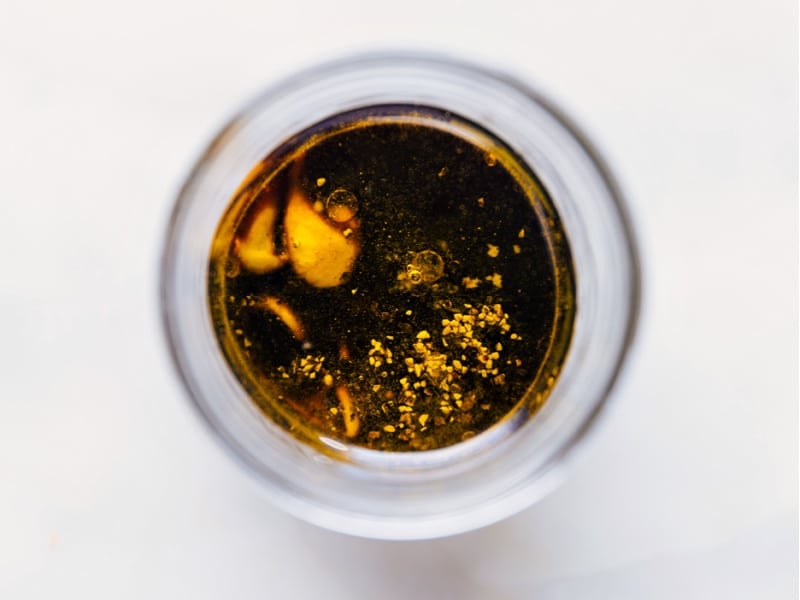
Ingredients
The classic balsamic vinaigrette is just 1 part balsamic to 3 parts olive oil—simple and delicious. But this version? Next level. Extra ingredients add depth, and Dijon thickens it, helping it cling to salads perfectly.
- Balsamic vinegar. The better your balsamic vinegar, the better the flavor of the dressing will be. The Spruce Eats has us covered with a list of the current best balsamic vinegar brands!
- Dijon mustard. We love Grey Poupon® Dijon best. Make sure to use Dijon, not yellow mustard. There’s a big flavor difference!
- Olive oil. The better the olive oil used, the better the flavor of the balsamic vinaigrette will be. We recommend extra virgin olive oil for this recipe.
- Honey. Since the vinegars offer a fair amount of tang, we like balancing that out with some honey. If you’d prefer the dressing to remain tangy, leave out or reduce the honey. For a sweeter dressing, add additional honey, slowly, and to taste.
- Red wine vinegar. This is the “secret ingredient” in this dressing. Instead of relying solely on balsamic vinegar, we add this vinegar which keeps the dressing punchy, but not as intensely flavored. It adds a nice, almost imperceptible rounding-out flavor!
- Salt and pepper. No dressing is complete without salt and pepper, and this vinaigrette is no exception! Add to taste preference, remembering that an extra pinch can be the difference between a good and a stellar dressing!
Quick Tip
How To Make Balsamic Vinaigrette
You won’t believe how simple this dressing is to make — all you need is a jar with a lid or a small bowl and whisk. Simply combine all the ingredients into a jar and shake until combined and emulsified– or combine all the ingredients into a small bowl and whisk until combined and emulsified. Seriously — it’s really that easy!
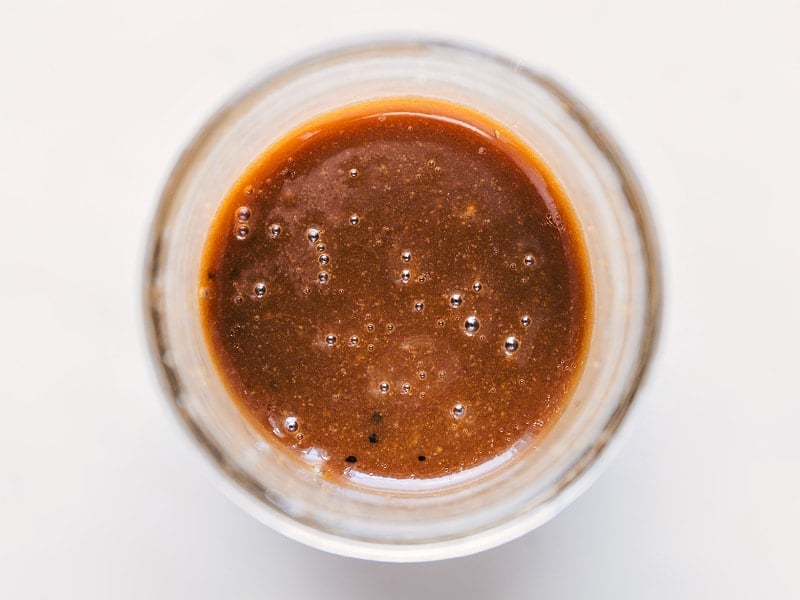
What Balsamic Vinaigrette Can Be Used For
There are practically endless ways to use this Balsamic Vinaigrette recipe, and below are some of our favorite applications:
- On a simple, every day greens and veggies salad or one of these unique salad recipes: Caprese Quinoa Salad, Panzanella Salad, or Chicken Spinach Salad
- As a drizzling sauce over raw veggies like carrot sticks, cauliflower florets, broccoli florets, celery sticks
- As a drizzling sauce over roasted vegetables like roasted broccoli, roasted Brussels Sprouts, or roasted asparagus (leave panko and Parmesan off these linked recipes and instead drizzle with this balsamic vinaigrette after roasting)
- Use as a sandwich condiment (toss some mixed greens with the dressing and add to a loaded sandwich)
- Drizzle on a grain bowl with veggies and a hearty grain such as quinoa, farro, couscous, or brown rice
- As a finishing sauce for grilled meats and/or grilled vegetables — or use as a marinade!
- Add to a dessert — a plate of macerated strawberries and goat cheese is begging for a drizzle of balsamic!
- Add to braised meats for a level of complexity and tanginess — think short ribs or a pork shoulder!
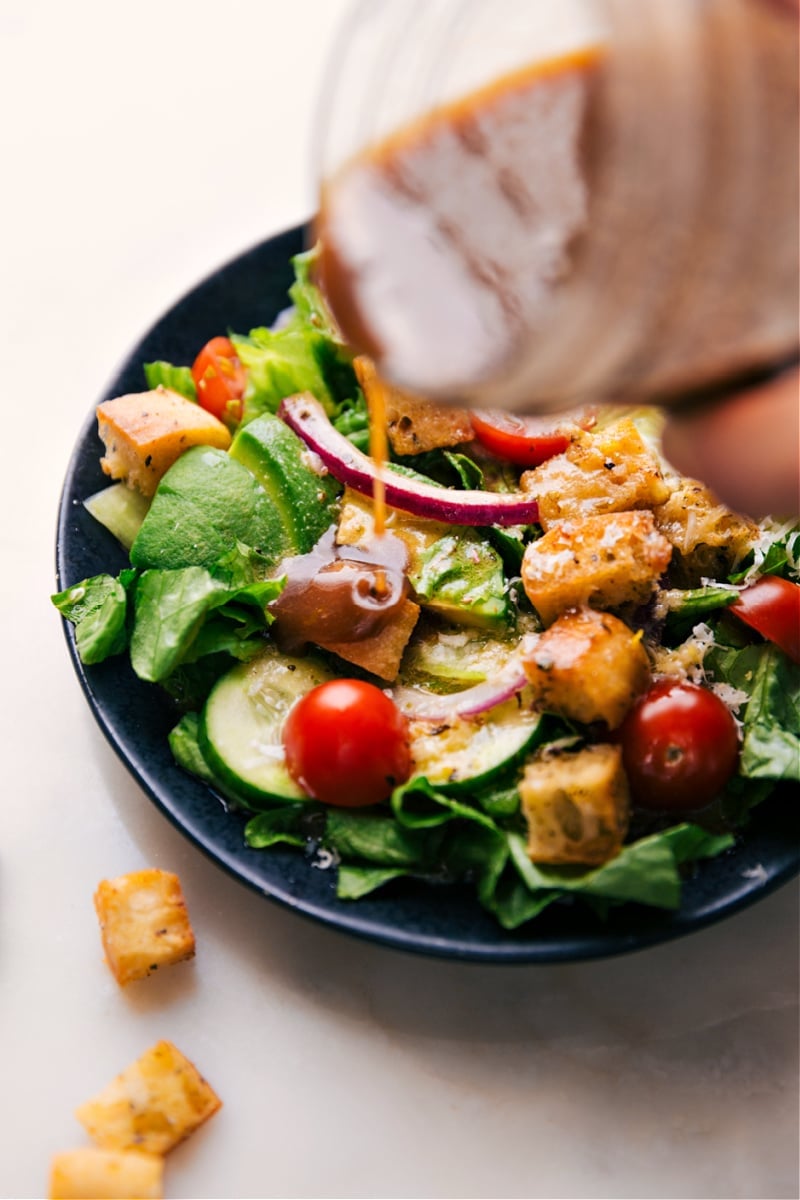
What About A White Balsamic Vinaigrette?
I hear you—I love white balsamic vinaigrette too!
White balsamic isn’t the same as white or regular balsamic vinegar. It’s pressure-cooked to prevent browning and aged for less time, resulting in a milder, slightly sweeter flavor with a golden hue.
A white balsamic vinaigrette offers a similar but less intense taste than regular balsamic, with a lighter color that works well in certain dishes.
Variations
Here’s our favorite white balsamic vinaigrette recipe: combine the following ingredients in a jar and shake to combine: 1/4 cup extra virgin olive oil, 2 tablespoons white balsamic vinegar, 1-1/2 tablespoons honey, 1/2 teaspoon Dijon mustard, and salt/pepper to taste. (I add 1/4 teaspoon fine sea salt and 1/8 teaspoon pepper.)
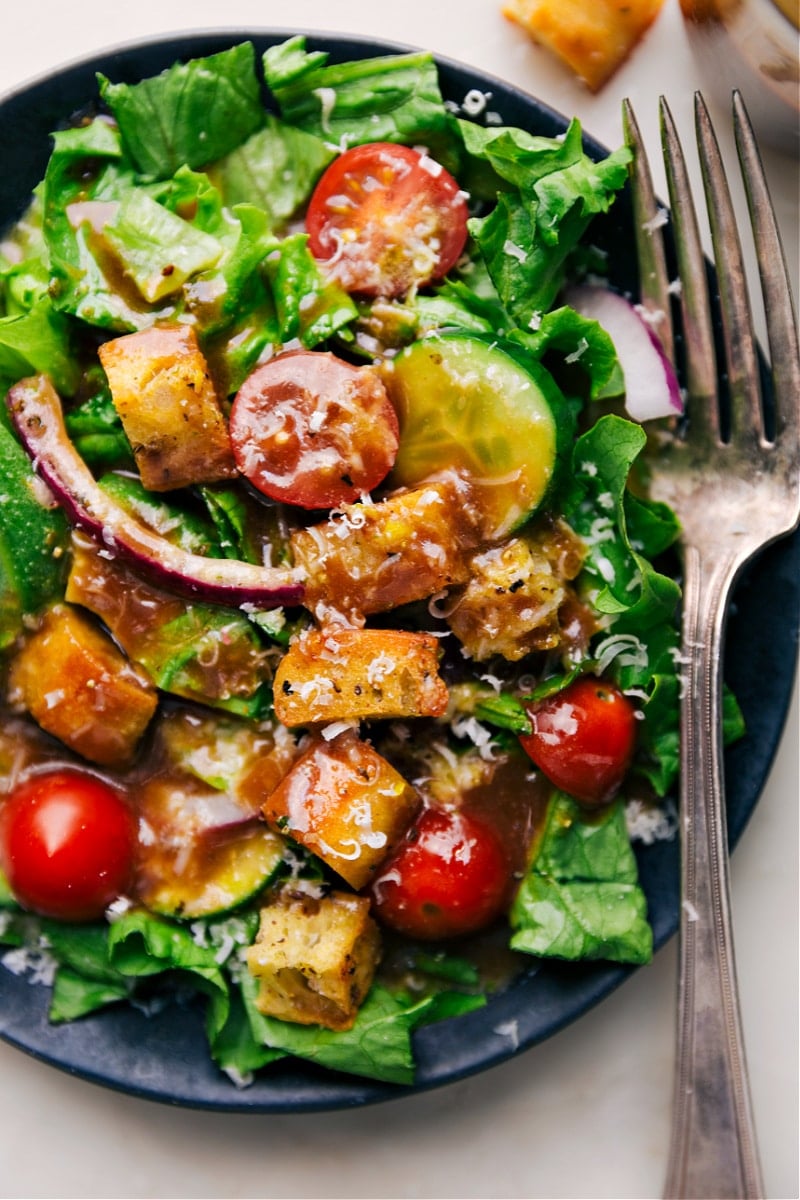
Storage
Storing Balsamic Vinaigrette
Stored properly in an airtight container in the fridge, this balsamic vinaigrette will stay good for 5-7 days.
Note: Leftover dressing might get thick or separate because of the olive oil. Just let it sit out for 15-20 minutes and shake it well. Then, it’s ready to use again!
If you have time, make the dressing in advance. This dressing tastes better if you make it ahead of time and cool it in the fridge. The flavors mix together and get stronger, and it’s nicer when it’s cold!
More Dressing Recipes
- Lemon Vinaigrette my favorite homemade vinaigrette!
- Honey Mustard Salad Dressing with a chicken, avocado, and tomato salad
- Greek Salad Dressing with fresh lemon juice
- Cafe Rio Dressing cilantro-lime dressing
- Citrus Vinaigrette with fresh lemon and orange juice
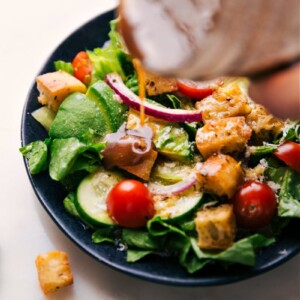
Balsamic Vinaigrette
Equipment
- Wide-mouth jar or other sealable container or bowl
Ingredients
- 2 tablespoons balsamic vinegar
- 1 tablespoon red wine vinegar
- 1 tablespoon Dijon-style mustard see note 1
- 1 tablespoon honey see note 2
- 1/4 cup olive oil
- Salt and pepper
Instructions
- In a wide-mouth jar, combine all dressing ingredients. (Don't have a jar? Briskly whisk in a bowl instead!) Season to taste with salt and pepper; I add 1/4 teaspoon salt and 1/8 teaspoon pepper. Briskly shake to combine and emulsify. Check to make sure honey isn’t sticking to the bottom—whisk it into the mixture if it is. Taste and adjust flavor to personal preference.
Recipe Notes
Nutrition
Nutrition information is automatically calculated, so should only be used as an approximation.


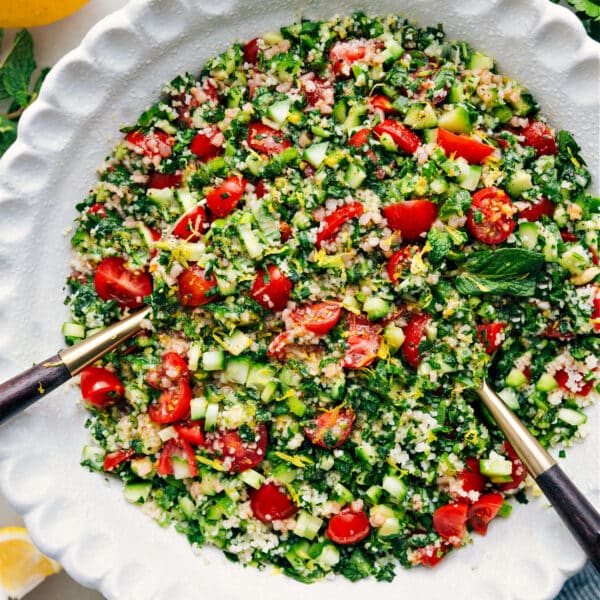
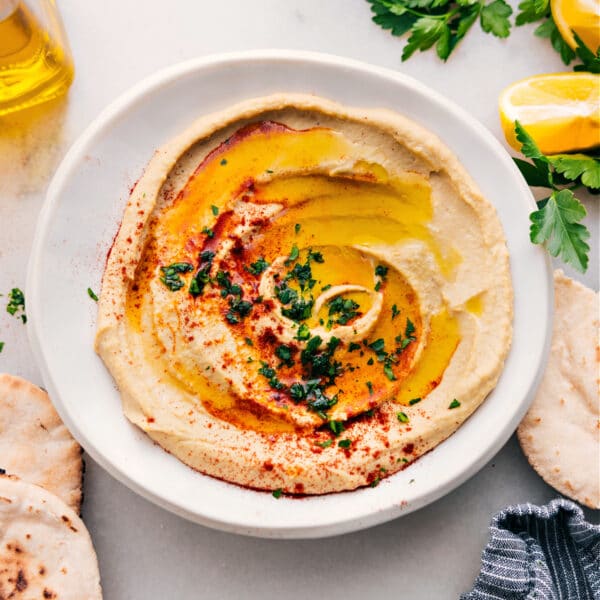
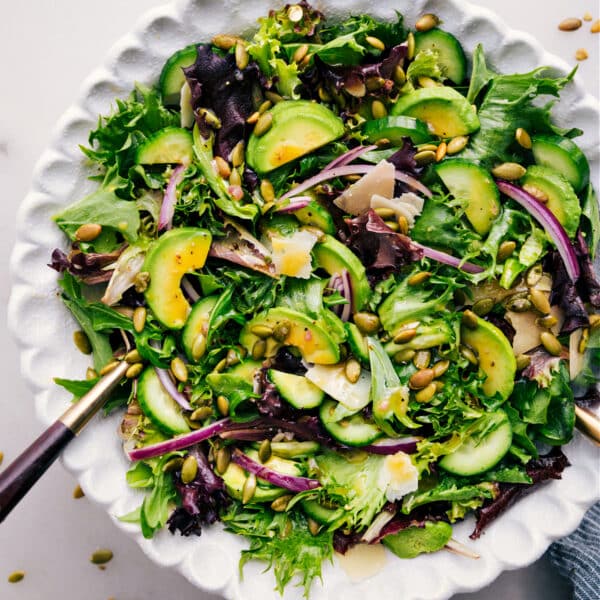
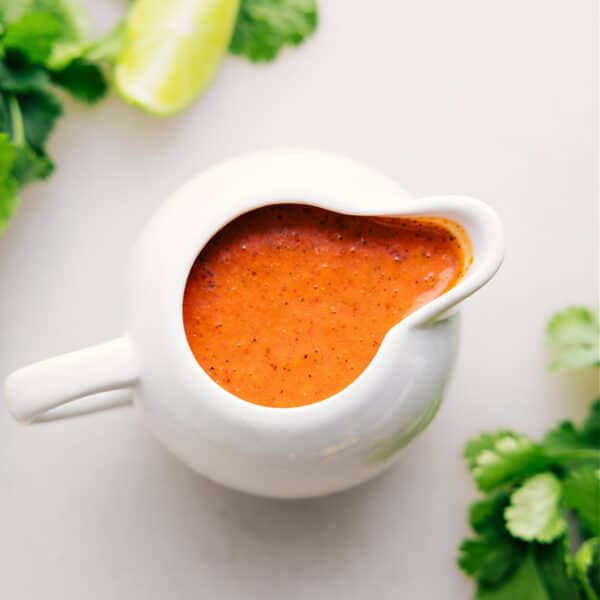









As your sister who has tried this balsamic vinaigrette several times I can say this is the best. I could seriously drizzle it on everything! Thanks for a great recipe!
Ingredients list reads – 1 Tablespoon each: red wine vinegar. What does the “each” refer to? Should there be a second ingredient there?
So sorry about the confusion Cheryl! I was going to list the 3 together, but separated onto separate lines instead 🙂 Thanks for reaching out!!